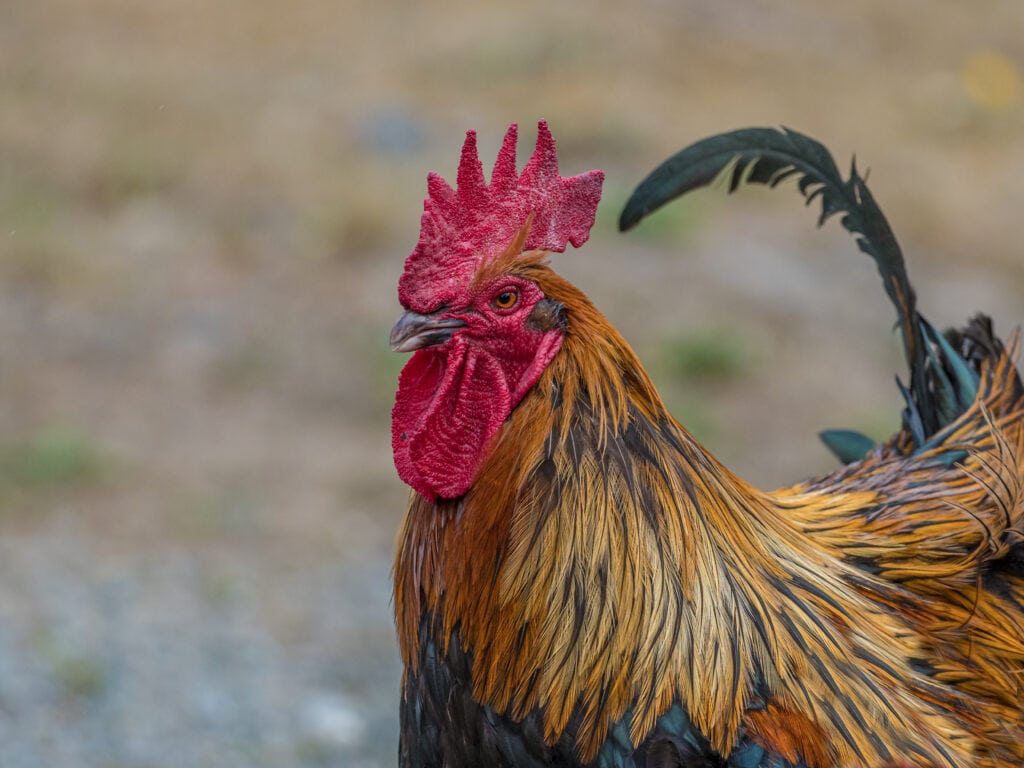What child doesn’t dream of learning to talk to animals? Or was that just me? As a little girl, I used to love imagining what my beloved pets might say to me if only I could understand their voices. As an adult, there are still times when I think of how much easier things would be if a sick or scared pet could just tell me what the problem is. In most cases, the language barrier between human and animal seems insurmountably tall. But that’s not really true! When my pet cat is sick, she might not be able to tell me why, but her body language and her behavior is enough to let me know that something is wrong. We communicate with the animals around us in little ways all of the time. How else would we know all of their funny little quirks?
Related Article: Species Spotlight: The Fork-tailed Drongo
But for some animals and some humans, communication is deeper and more complex. There are some who have trained their dogs to recognize dozens of objects by name. There are, of course, talking parrots like the famous African Grays who can put together shockingly coherent strings of phrases that seem to resemble rudimentary intelligent speech. But there are other, perhaps more surprising animals, with whom humans seem to be able to communicate.
A new study from the University of Queensland set out to investigate the nature of communication between humans and chickens. Chickens might seem like an odd choice, but if you think about it, the chicken is a strong contender for the title of man’s best friend. The humble chicken has been at humanity’s side for potentially as far back as 8,000 years. They are one of the most important sources of food globally as well as beloved pets for many, especially as the “backyard chickens” trend that exploded during the height of the Covid-19 pandemic continues.
So what does it mean to understand chickens? The University of Queensland study found that when chickens were recorded either receiving a reward or having a reward withheld from them, and those recordings were played back to human audiences, 69% of human participants could accurately interpret the emotional status of the chicken in the recording. This intuitive understanding of the emotions behind chicken vocalizations may allow workers in the animal husbandry space to take better care of their livestock.
One unexpected finding of this study was that there was no correlation found between a participant’s experience with chickens and their ability to correctly identify the reward and non-reward vocalizations. This implies that there is something intuitive about the way chickens communicate that resonates with human emotions. Perhaps there is a shared emotional language that other animals might speak as well.
Popular Article: Does Warmer Weather Mean Longer Legs For Birds?

